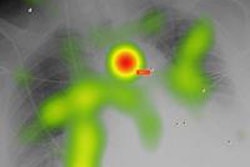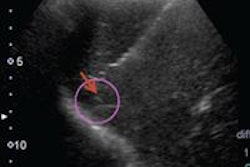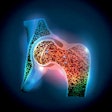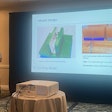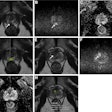Dear Advanced Visualization Insider,
3D printing is a radiology success story offering nearly boundless potential despite its technological novelty, researchers report in the Journal of the American College of Radiology.
Indeed, 3D printing will ultimately open doors in healthcare that we don't even know exist, one author told AuntMinnie.com. How will this burgeoning field change healthcare and our lives? We're not exactly sure, but we do know that patient models for surgeons to practice on; implantable, functioning body parts; and anatomically perfect prostheses are the very definition of personalized medicine in a world that's hungry for it. Learn more in this issue's Insider Exclusive, offered to our subscribers before other AuntMinnie.com members can access it.
Image perception is a key part of advanced visualization, not least because it tells software developers what kinds of products will help end users -- human beings -- get the job done. To that end, we have learned that RSNA and the U.S. National Cancer Institute have joined forces on a cutting-edge research project at RSNA 2016. Find out what's in store for meeting attendees this year, and why one of radiology's hottest research topics is so difficult to perform, by clicking here.
In image guidance, investigators led by Dr. Yasmine Ahmed of University Hospitals Case Medical Center evaluated the performance of ultrasound fusion software, which enables interventional radiologists to view a patient's previously acquired CT or MR images side by side with the live ultrasound exam as they perform guided biopsies. Compared with CT-guided biopsy, ultrasound fusion-guided liver biopsy had a similar diagnostic yield, but it could be performed in about half the time and without exposing patients to additional radiation.
Speaking of guidance, a software-based "virtual heart" created from cardiac MR data could handily outperform other measures for determining which patients should receive implantable cardioverter defibrillators. Get the rest of the story here.
Wearable MRI technology? That's what virtual reality executive Mary Lou Jepsen said when she left Facebook's Oculus division to join a start-up that plans to shrink MRI technology into a wearable device the size of a ski hat.
Finally, a new algorithm developed at Case Western Reserve University uses 3D MRI to track changes to the prostate after focal laser ablation. The less-invasive new laser technology is a hot item, but researchers have been unable to study its long-term effects. Until now.
Want more? We invite you to scroll through the links below for the rest of the news on 3D and advanced visualization in imaging, right here in your Advanced Visualization Community.






